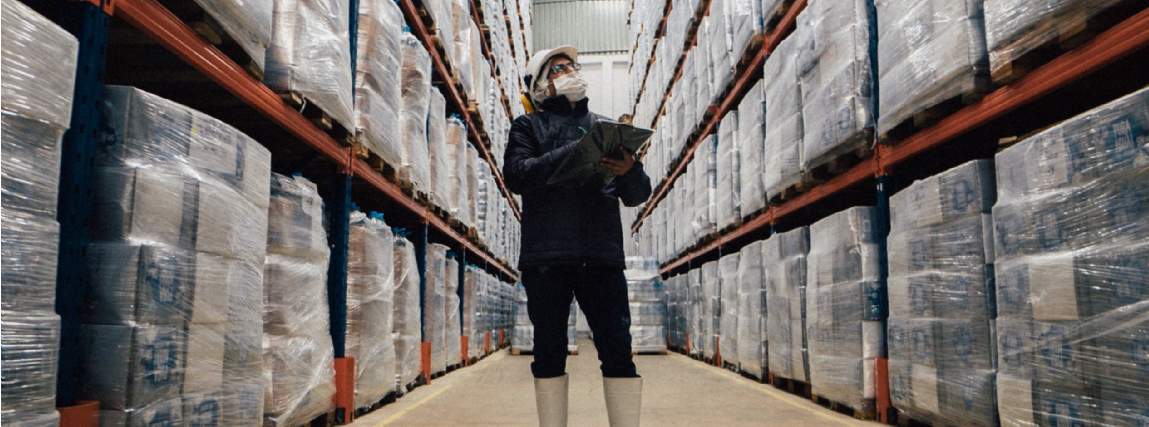As consumption habits change, a well-developed cold chain industry will be integral to delivering the higher quality products Asian consumers seek. Read here in detail.
Cold storage sector on the rise amid growing demand in Asia Pacific
THE COLD STORAGE MARKET IS HOTTER THAN EVER
The wider industrial and logistics market has been an investor favourite over the past few years, logging record-levels of capital inflows. Cold storage warehouses, facilities which utilise refrigeration or air-conditioning to preserve temperaturesensitive and perishable products, have emerged as one of the hottest asset classes attracting US$4.9 billion of investment in 2022. Although accounting for only 11.4% of the total industrial and logistics transaction volume in the region, this market has delivered a staggering 29.6% CAGR from 2017 to 2022, outperforming its peers.
The cold storage business has witnessed a rise in demand due to a number of factors, including increasing household incomes, the rise of urban and middle-class populations, as well as some structural changes to consumer behaviour. As incomes have grown in the region, consumption preferences have shifted towards more perishable and higher-quality foods which have also driven consumers away from traditional wet markets towards supermarkets as well as the purchase of more frozen, processed, and pre-prepared products for convenience and variety. These behavioural changes have translated into complementary demand for cold storage infrastructure. Another key contributing factor is the boom of e-commerce and online grocery sales, which were further accelerated by pandemic tailwinds as many turned to online shopping out of necessity during lockdowns.
E-commerce penetration rates in markets such as mainland China (27%) and South Korea (27%) are now among the highest in the world, well above the global average of 22% in 2022. Meanwhile emerging markets, such as the ASEAN bloc, are experiencing rapid digitalisation among their youthful populations, their key consumer group. The ASEAN bloc is expected to see an estimated 17% CAGR in its e-commerce penetration rate between 2022 and 2026. All in all, e-commerce will account for about 29% of total retail sales in Asia by 2026, just slightly below the 30% average in North America. In addition, the pandemic has also spurred the storage need for vaccines, pharmaceuticals, and other healthcare products which require temperature-controlled cold chain logistics.
